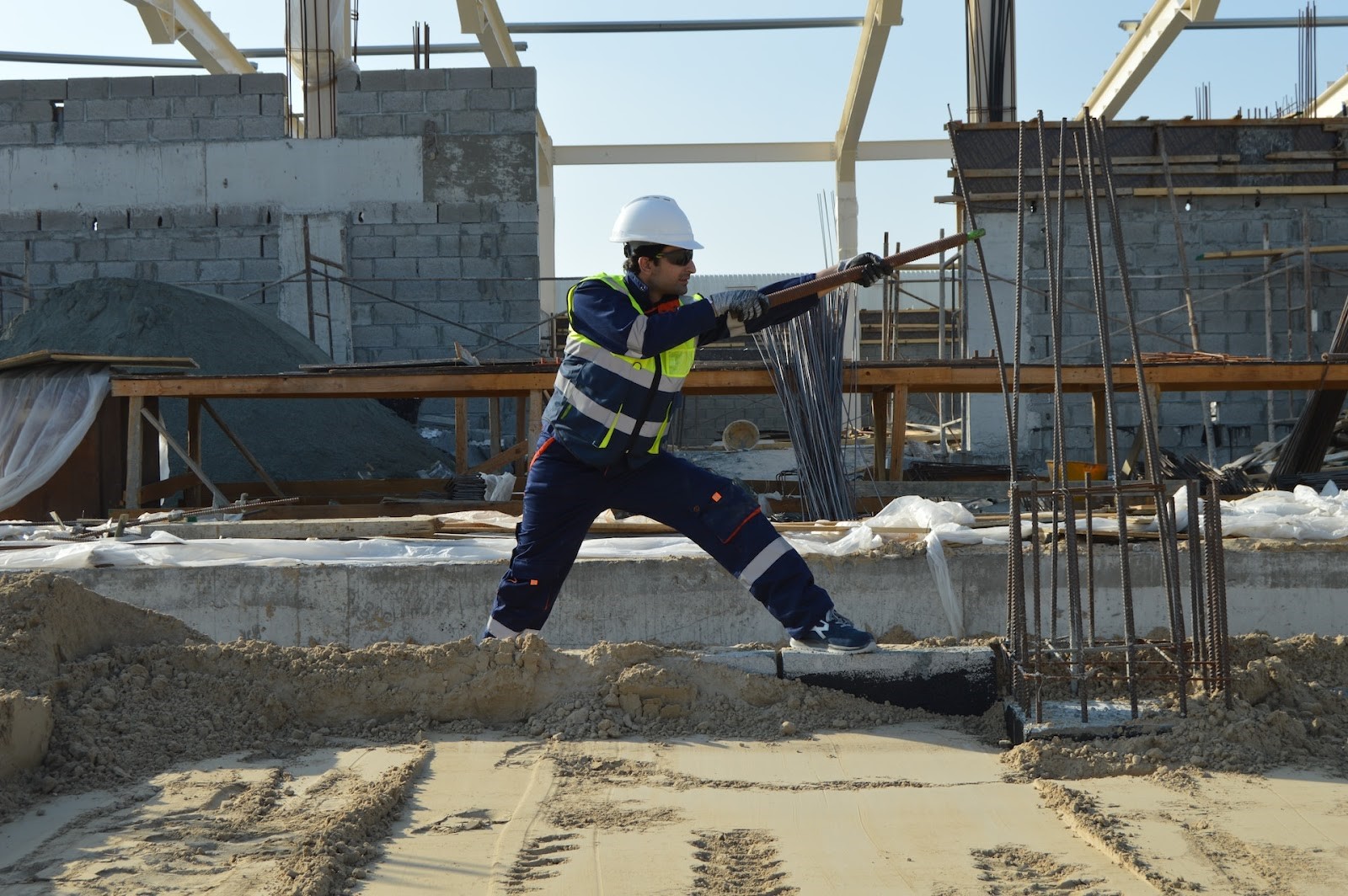Have you ever wondered how those super tall skyscrapers stay up in the sky, standing tall and strong? It’s not just luck! Instead, it’s the result of careful planning, smart decision-making, and following tried-and-true best practices in the construction industry.
So, whether you’re a homeowner with dreams of a cozy house or a business owner looking to expand, understanding these best practices in construction is essential.
But fear not! You don’t need to be an architect, engineer, or construction expert to grasp the fundamentals. In this blog post, we’re going to break down the top best practices for a successful construction project.
Ready? Let’s get started!
Table of Contents
Effective Project Planning and Management
Without a solid plan, a construction project can quickly turn into chaos. You might run out of materials, waste time and money, or end up with a building that doesn’t meet your expectations.
That’s why you need to have a plan in place from the start. This ensures you know where you’re going and how to get there. It involves deciding what needs to be done, when it needs to be done, and how it should be done. It’s like drawing a detailed map to success.
Now, managing all the aspects of your real estate project can be daunting. But you don’t have to do it all on your own. In fact, there are companies that can help in real estate development and construction by steering the project in the right direction. They coordinate with architects, engineers, and contractors to make sure everyone is working together. This way, they ensure that everyone is on the same page.
Comprehensive Budgeting and Cost Control
Having a detailed budget helps you keep track of how much you can spend on different things, like materials, labor, and equipment. It tells you where your money needs to go and how much you should spend in each area. Without that, you might end up spending too much in one place and not having enough for other important parts of the project.
So, how do you do cost control? Well, there are cost control strategies that make sure you don’t go over your budget. One important strategy is tracking your expenses regularly. It’s like checking your bank account to see where your money is going. By keeping a close eye on your spending, you can catch any issues early and make adjustments.
Another strategy is being smart about changes. Sometimes, during a project, you might need to make changes to the plan. That’s normal. But it’s essential to think about how those changes will affect your budget. Will they make it go over? If so, you need to figure out how to manage that extra cost.
Quality Assurance and Compliance
When building a house – you want it to be strong, safe, and comfortable. That’s right. In construction, maintaining high-quality standards is like making sure the walls are sturdy, the roof won’t leak, and the floors won’t creak. It’s about getting things right from the start so you don’t have to worry about problems down the road.
Now, to ensure quality control, you must follow a set of rules to make sure everything is perfect. These rules involve using the right materials, making sure measurements are exact, and checking that every step of the construction process is done correctly.
Other than that, compliance with regulations is essential, too. There are government rules and safety codes that construction projects must follow to keep everyone safe and protect the environment. These regulations make sure that buildings are strong, people are safe, and the environment is preserved.
Safety Measures
When you’re working with heavy machinery, heights, and all sorts of tools, accidents can happen. That’s why safety on construction sites is not just a rule; it’s an absolute necessity. It makes sure everyone stays safe.
Now, to ensure safety, you must ensure workers always wear the right gear. Also, before starting work, everyone should receive proper training on how to use equipment and tools safely. It’s like learning the rules of the game before you play.
And don’t forget to have emergency plans in case something goes wrong. This plan includes things like where to go in case of a fire, how to shut off equipment in an emergency, and who to contact for help.
Last Word
The practices we’ve discussed are not just individual tactics but part of a holistic approach to construction management. When these practices are implemented cohesively, they lead to not just the completion of a project but its triumph. As we move forward in the ever-evolving landscape of construction, let these best practices be the guiding stars to success, efficiency, and innovation.
Infographic provided by construction program management services company, Sevan Multi-Site Solutions




